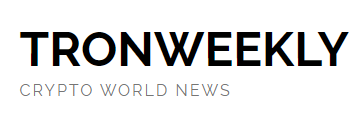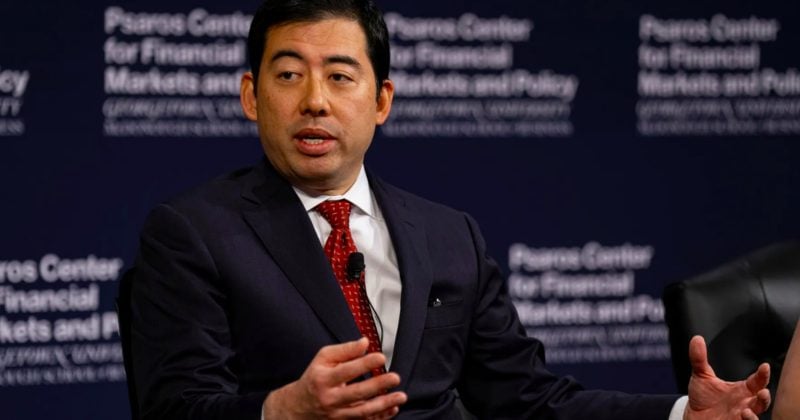April 5, 2025 by Bena Ilyas
- Fiat-backed stablecoins like USDC and PYUSD are no longer considered securities, easing regulatory pressure from the SEC.
- Only fully reserved, dollar-pegged coins qualify; algorithmic or yield-bearing stablecoins still face scrutiny.
- Circle welcomes the move as clarity, while Coinbase’s Brian Armstrong urges changes to allow users to earn interest.
The U.S. Securities and Exchange Commission (SEC) is backing off from certain stablecoins, signaling that they no longer fall under the agency’s jurisdiction as securities. This pivot underscores a broader trend of regulatory retreat in the crypto sector, where areas like memecoins and mining have already begun slipping through the SEC’s fingers.
According to Fox Business reporter Eleanor Terrett, the SEC’s Division of Corporation Finance has carved out a new category called “Covered Stablecoins,” a term that refers specifically to fiat-backed digital assets pegged 1:1 with the U.S. dollar. These coins must be backed by high-quality, liquid reserves such as cash or short-term Treasury bills equal to or greater than the number of coins in circulation.
🚨NEW: The @SECGov Division of Corporation Finance has just put out guidance on stablecoins.
The agency has minted a new term — ‘Covered Stablecoins’ which describe stablecoins that “maintain a stable value relative to the United States Dollar, on a one-for-one basis, can be… pic.twitter.com/g3HjCc7mHa
The designation carries weight. Because these coins are not structured or marketed as investments, the SEC says they don’t qualify as securities, removing them from the agency’s traditional oversight. In effect, it grants projects like Circle’s USDC and PayPal’s PYUSD regulatory breathing room, offering a degree of clarity that crypto companies have long been lobbying for. But the SEC’s message is also clear: not all coins make the cut.
Stablecoin Regulations and Exclusions in Crypto
Stablecoins that are algorithmic, offer interest, or are tied to non-dollar assets such as gold or foreign currencies are not included in the “Covered Stablecoins” category. These variants may still fall under securities laws or face scrutiny from other regulatory agencies.
“This is a very positive step toward clearer, safer stablecoin policy,” said Heath Tarbert, President of Circle. “It validates that fiat-backed coins like USDC fully reserved and transparent can operate without the uncertainty of securities classification.”
Yet not everyone is fully satisfied. Coinbase CEO Brian Armstrong voiced concern over restrictions that prevent stablecoin issuers from sharing reserve interest with users. While companies can earn yield on reserves, users cannot receive interest on their holdings without risking securities classification. Armstrong called on Congress to amend this, arguing that earning passive income shouldn’t automatically transform a dollar-pegged token into a regulated investment product.
SEC Summit to Shape Stablecoin and Digital Assets
The development comes as lawmakers on Capitol Hill accelerate efforts to codify federal stablecoin rules. Bipartisan bills are now moving through both the House and Senate, aiming to define legal standards for issuance, reserve management, and transparency.
Crypto is quickly becoming a focal point in 2024’s political discourse. With Trump-aligned lawmakers drafting their own digital asset strategies, and bipartisan momentum growing for clearer guardrails, the stakes are high.
All eyes now turn to the SEC’s upcoming crypto summit, where the future of digital asset trading and stablecoins in particular will take center stage.
For the stablecoin sector, especially those backed by dollars and high-quality reserves, this is more than regulatory relief it’s a green light to keep building. But for algorithmic and yield-bearing coins, the road ahead remains foggy, with compliance hurdles still looming large.
Related | Malta Regulator Fines OKX €1.1 Million Over AML Violations

 13 hours ago
17
13 hours ago
17









 English (US) ·
English (US) ·